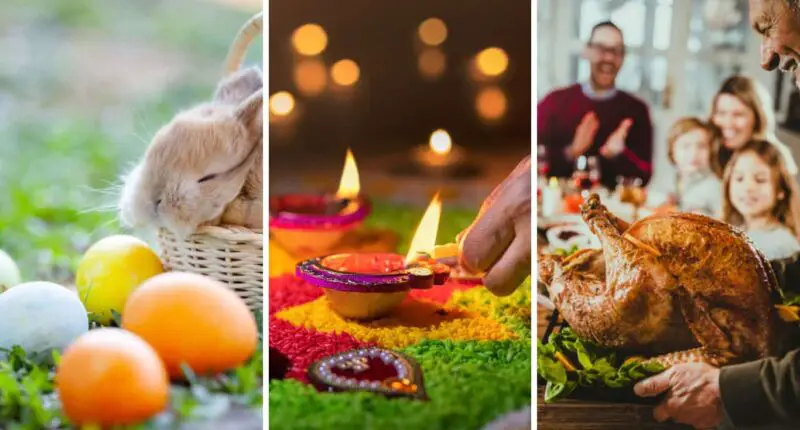Throughout the year, people around the world celebrate various holidays and festivals that are an important part of their cultural traditions. Many of these modern-day holidays have their roots in ancient mythologies and religious beliefs. Understanding the mythological origins of these holidays can provide a fascinating glimpse into the history and culture of different societies. From Halloween’s Celtic origins to Christmas’s pagan roots, the connections between myth and modern-day traditions are fascinating and complex. In this article, we will explore the mythological origins of modern-day holidays, shedding light on the ancient beliefs and practices that continue to shape our celebrations today.
Mythological Origins of Modern-Day Holidays
Halloween

Halloween, also known as All Hallows’ Eve, is thought to have its roots in the ancient Celtic festival of Samhain. This festival marked the end of the harvest season and the beginning of winter. According to Celtic beliefs, Samhain was a time when the veil between the living and the dead was at its thinnest, and spirits could cross over from the afterlife. To ward off malevolent spirits, people lit bonfires and wore costumes that were meant to disguise them and confuse the spirits. Halloween has evolved, but its origins in Samhain are still evident in many of its customs and traditions.
Easter
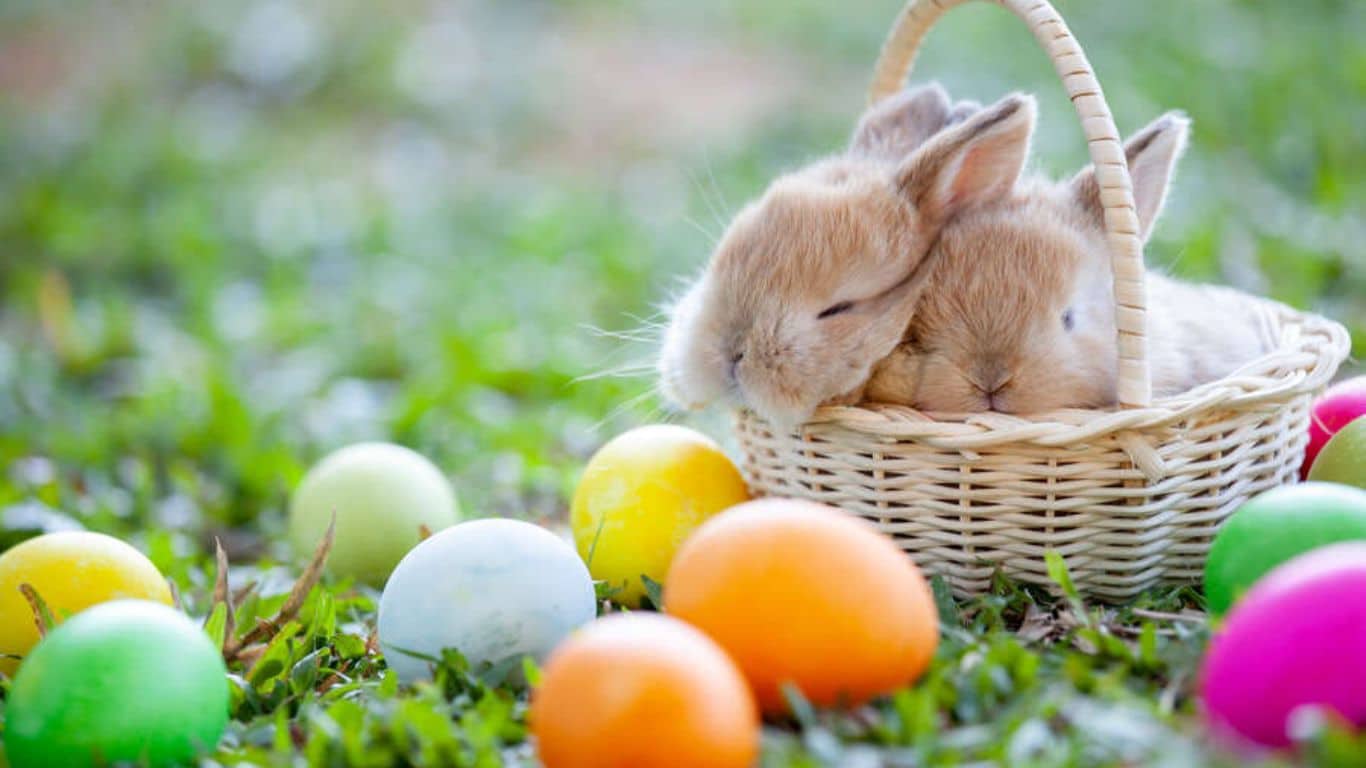
It is a Christian holiday that is celebrated worldwide to commemorate the resurrection of Jesus Christ. However, the holiday’s roots can be traced back to the pagan festival of Ostara, which was celebrated by Germanic people during the spring equinox. The festival of Ostara marked the return of spring and was a time of renewal and new beginnings. People would decorate eggs, which were a symbol of fertility and rebirth, and engage in fertility rituals to honor the changing of the seasons. Over time, the Christian celebration of Easter incorporated some of the traditions of the pagan festival of Ostara, such as the use of eggs as a symbol of new life. Today, Easter is celebrated in many different ways around the world, but its origins in the celebration of spring and new beginnings remain an important part of the holiday’s history.
Thanksgiving

Thanksgiving is an important holiday in North America that is celebrated on the fourth Thursday of November each year. Its origins can be traced back to the harvest festivals that were celebrated by both Native American tribes and European settlers in North America. The festival was a way of giving thanks for a successful harvest and for the blessings of the past year. Native American harvest festivals typically included feasting, dancing, and offering prayers of gratitude to the spirits. European settlers later incorporated these traditions into their own harvest celebrations. Today, Thanksgiving is a time for families and friends to gather and share a meal, and to reflect on the things for which they are grateful.
May Day
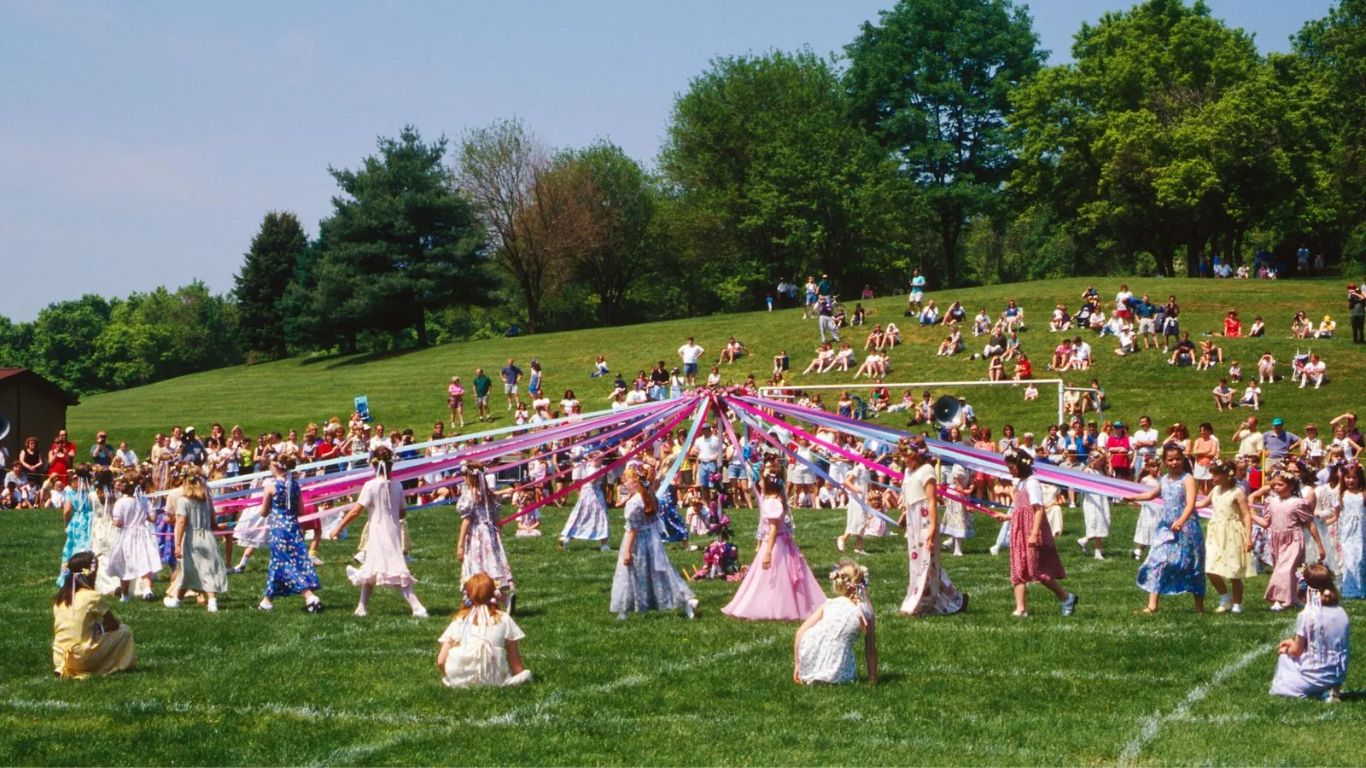
Also known as International Workers’ Day, is a holiday that is celebrated on May 1st in many countries around the world. Its origins can be traced back to ancient pagan festivals that celebrated the arrival of spring, such as the Roman festival of Floralia and the Gaelic festival of Beltane. In medieval Europe, May Day was a time of celebration and feasting, with activities such as Maypole dancing and crowning a May Queen. In the late 19th century, the holiday became associated with the labor movement and workers’ rights, particularly in the United States. Today, May Day is celebrated in a variety of ways around the world, often with demonstrations and rallies in support of workers’ rights and social justice.
Valentine’s Day
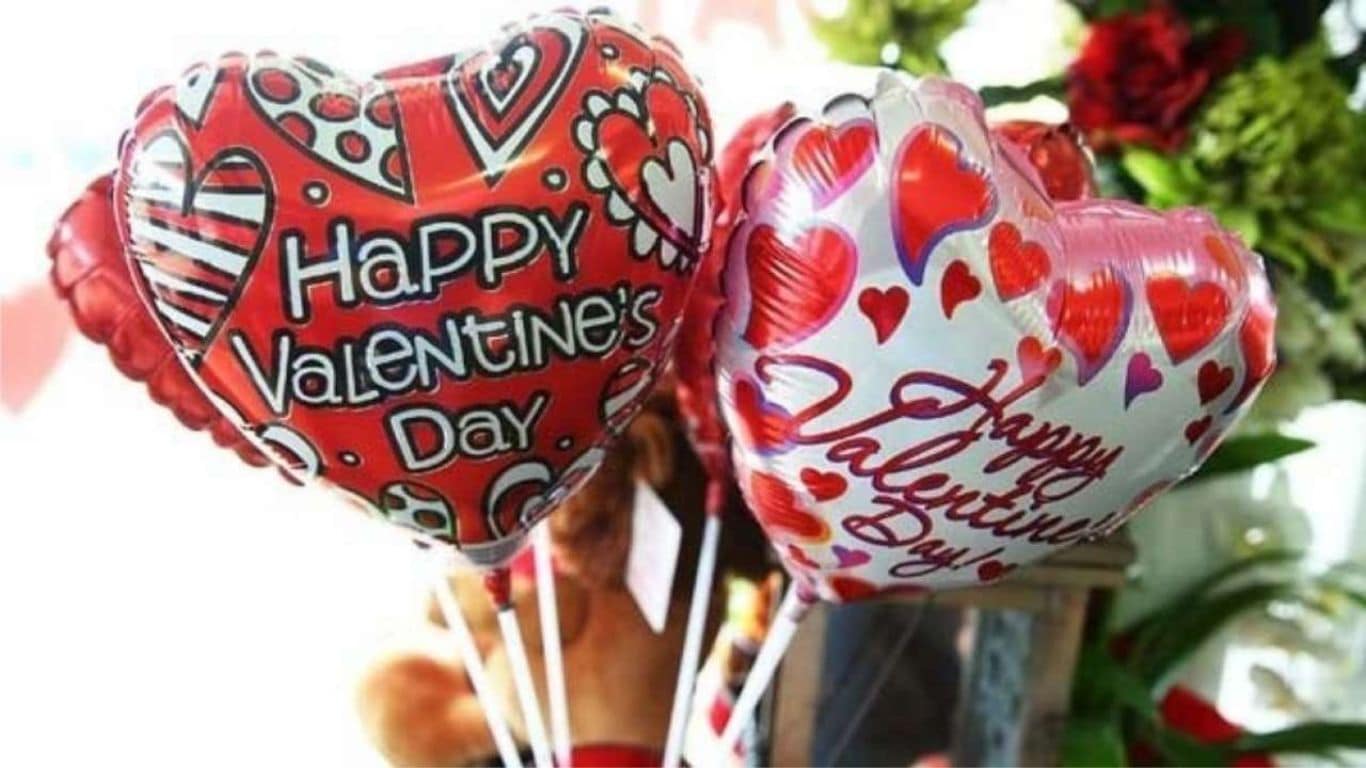
Valentine’s Day is a holiday celebrated around the world on February 14th. It is named after St. Valentine, a Christian martyr who was executed by the Roman Empire in the 3rd century CE. According to legend, Valentine performed secret marriages for Christian couples, which was forbidden by the Empire. Another legend suggests that he sent a letter to his jailer’s daughter, signed “Your Valentine,” before his execution. Over time, St. Valentine became associated with romantic love, and the holiday evolved into a celebration of love and affection between romantic partners. Today, people around the world exchange cards, gifts, and messages of love on Valentine’s Day to show their affection for one another.
New Year’s Day

It is the first day of the calendar year, celebrated on January 1st in many countries around the world. Its origins can be traced back to the ancient Babylonian festival of Akitu, which was celebrated in March to mark the beginning of the agricultural year. The festival included rituals to honor the gods and to symbolically renew the king’s power. The concept of celebrating the start of a new year was adopted by various civilizations over time, including the Romans, who celebrated the festival of Janus in January. Today, New Year’s Day is often celebrated with parties, fireworks, and other festivities, and is a time for reflection, resolutions, and new beginnings.
Christmas Eve

Christmas Eve is the evening before Christmas Day, celebrated on December 24th in many countries around the world. Its origins can be traced back to the Christian tradition of vigil, which is a period of waiting and praying before a major feast day. In the Middle Ages, Christmas Eve was a time of fasting and penance before the celebration of Christmas Day. Over time, the focus of the holiday shifted to family gatherings, gift-giving, and festive meals, and became an important part of the Christmas celebrations. Today, Christmas Eve is often marked by attending church services, decorating Christmas trees, and spending time with loved ones.
Diwali

Also known as the Festival of Lights, is a major Hindu festival celebrated in India and other parts of the world. The festival signifies the victory of good over evil and the return of Lord Rama from exile. According to legend, Rama defeated the demon king Ravana and returned to his kingdom with his wife Sita and brother Lakshmana, and the people of the kingdom lit oil lamps to welcome them home. Diwali is celebrated with a variety of rituals, including lighting lamps and candles, exchanging gifts and sweets, and decorating homes with colorful rangoli designs. It is a time for family gatherings, feasting, and new beginnings.
Holi

Holi is a Hindu festival celebrated in India and other parts of the world, also known as the “Festival of Colors”. The festival is a celebration of spring and new beginnings, and it is also associated with various Hindu legends. One of the most popular legends is that of the demon king Hiranyakashipu and his son Prahlad, who was a devotee of Lord Vishnu. Hiranyakashipu tried to kill Prahlad but failed, and eventually, the demon king was killed by Lord Vishnu. Holi is celebrated with the throwing of colored powder and water, singing, dancing, and feasting. The festival is a time for forgiveness, friendship, and the renewal of relationships.
Vijayadashami
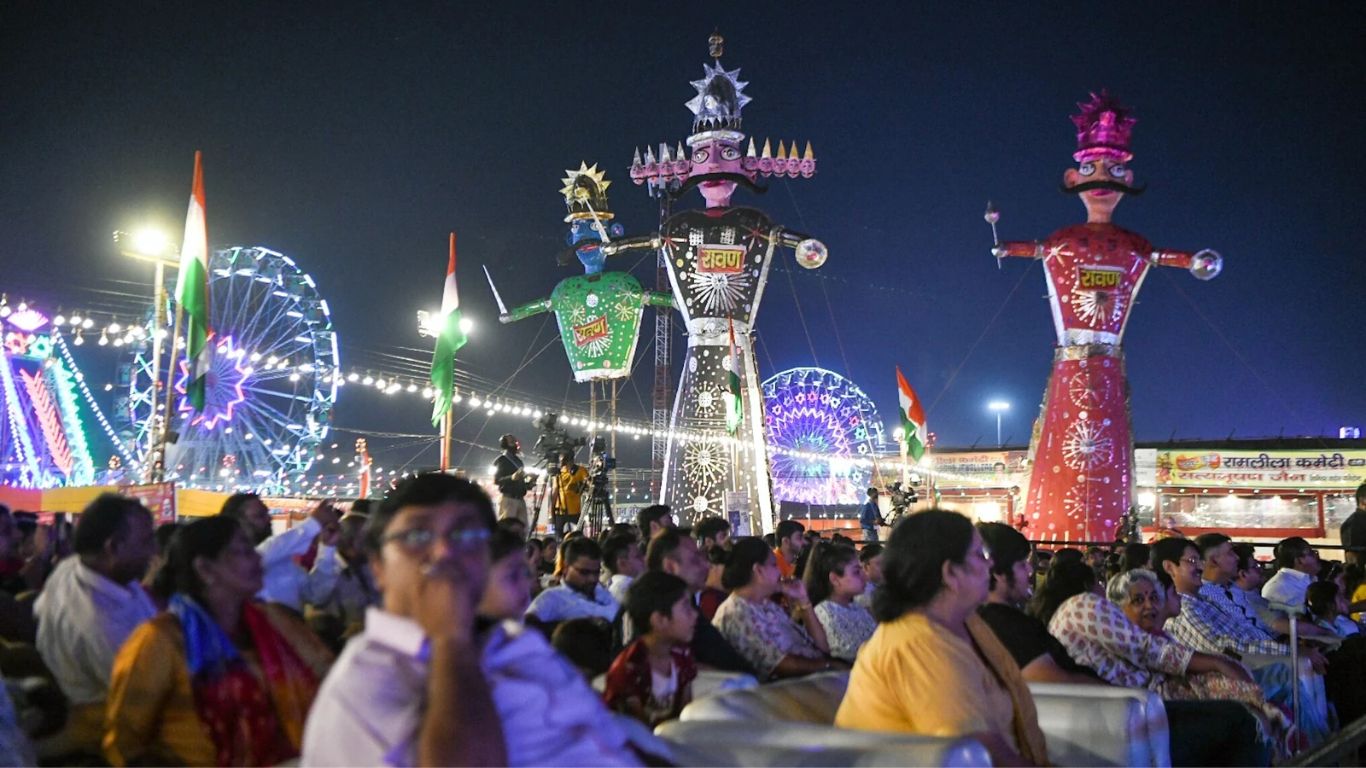
Dussehra, also known as Vijayadashami, is a major Hindu festival celebrated in India and Nepal. The festival symbolizes the victory of good over evil, particularly the victory of Lord Rama over the demon king Ravana. According to legend, Ravana kidnapped Rama’s wife Sita, and Rama and his brother Lakshmana set out to rescue her. With the help of an army of monkeys led by Hanuman, Rama defeated Ravana and rescued Sita. Dussehra is celebrated with a variety of rituals, including the burning of effigies of Ravana, symbolizing the victory of good over evil. The festival is also associated with the worship of the goddess Durga, who represents the triumph of good over evil.
Also Read: Mythical Creatures with Wings
